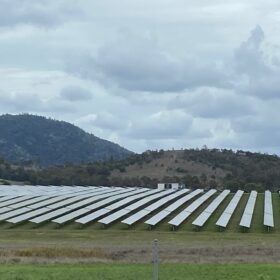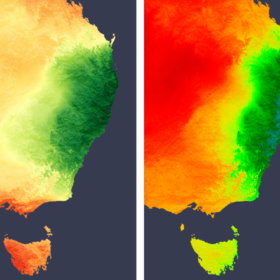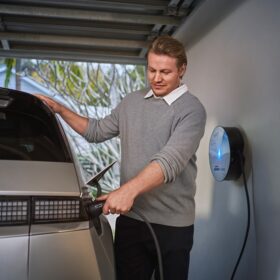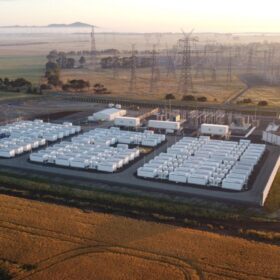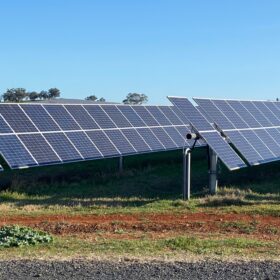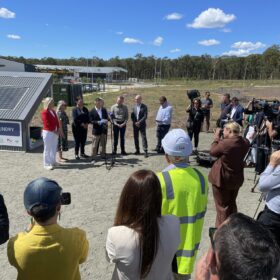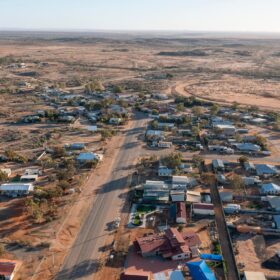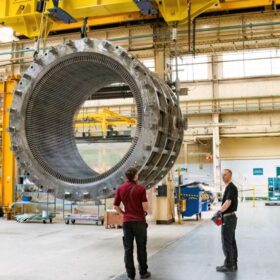Renewables are cheap. So why isn’t your power bill falling?
Power prices are set to go up again even though renewables now account for 40% of the electricity in Australia’s main grid – close to quadruple the clean power we had just 15 years ago. How can that be, given renewables are the cheapest form of newly built power generation?
Securing the sun: How PV industry can thwart cybercriminals
Australia’s rapidly growing solar PV industry faces mounting cyber risks that no operator can afford to ignore. PV systems rely on intricate supply chains, incorporating hardware and software from multiple vendors. Each link in this chain – be it a component manufacturer, a software provider, or a maintenance contractor – can introduce potential entry points for cyberattacks.
Solar generation faces major disruptions from TC Alfred
DNV company Solcast reports that solar generation in parts of eastern Australia is set to face significant disruptions as Tropical Cyclone Alfred hits the Queensland coast. Other areas may benefit from enhanced solar irradiance due to stabilising atmospheric conditions on the cyclone’s periphery.
Women now a ‘must have’ in energy workforce
As any industry goes through an evolution, its workforce needs to do the same. Australia’s energy sector is going through major changes. Fueled by strong government and private sector investment along with rising community demand and expectations, the industry needs to ensure it has the skills our future energy network requires. And the only way it is going to do that is by attracting more women into the industry.
Mitigating risks in new PV technologies
The solar energy industry continues to push the boundaries of efficiency and reliability. However, as innovative photovoltaic cell and module technologies emerge, they also bring a new set of challenges in durability and performance. A new report from IEA PVPS Task 13, titled “Degradation and Failure Modes in New Photovoltaic Cell and Module Technologies,” offers a comprehensive analysis of degradation and failure mechanisms in current photovoltaic technologies.
‘A house battery you can drive around’: how a handful of Australians are selling power from their cars back to the grid
Our cars sit unused most of the time. If you have an electric vehicle, you might leave it charging at home or work after driving it. But there’s another step you could take. If you have a bidirectional charger, you can set it to sell power back to the grid when demand is high.
Daytime charging of EVs further expands adoption of PV
Photovoltaics continues adding capacity at a rapid pace, and 2024 was another record year for solar PV deployment. In the meantime, despite recent hurdles to widespread adoption in some countries, electric vehicle uptake grew 25% last year. Assuming a 10 kWh/day energy requirement for every new EV, the 17 million new EVs sold in 2024 would have added another 50-70 GW of new PV generation worldwide.
Promise of green iron, steel and ammonia is keeping green hydrogen dream alive
Hydrogen was once sold as a universal climate fix — a clean, green wonder fuel for cars, homes, power grids and even global export. But reality has cooled that buzz.
Highs and lows of Australia’s big battery boom
Big batteries are having their moment in the Australian sun — or rather, are having their moments before and after the sun shines (let that pun sit with you for a bit).
Existing solar farms provide insight into potential performance of CIS projects
Back in December, WattClarity reported on the 19 successful projects in the first round of the national Capacity Investment Scheme, noting standalone solar and wind dominate the list of successful projects.
